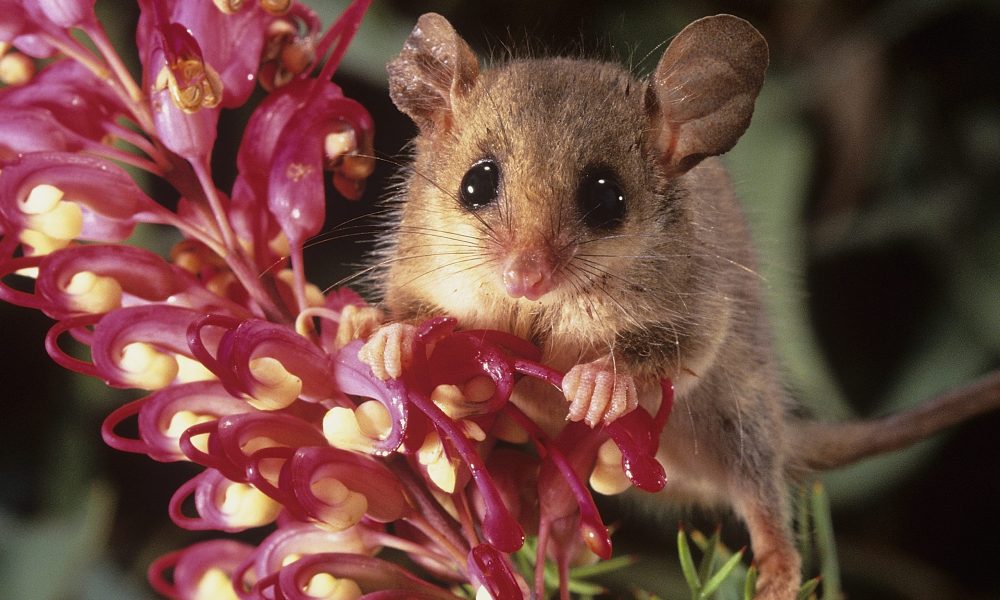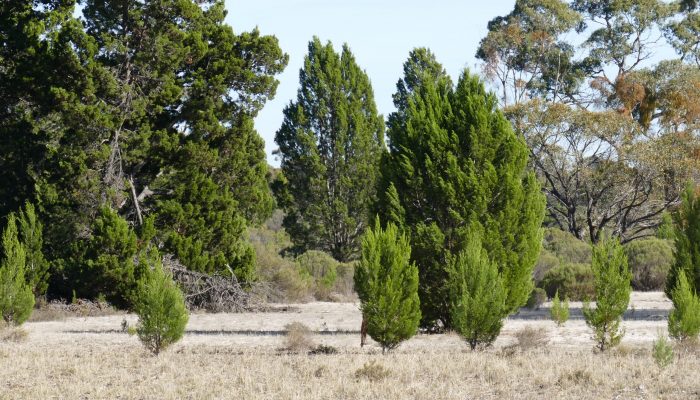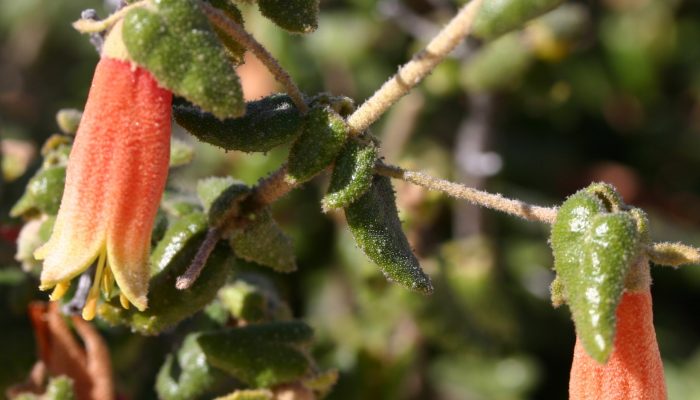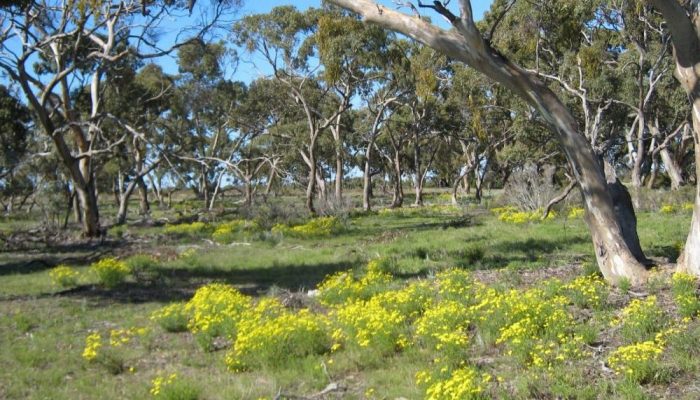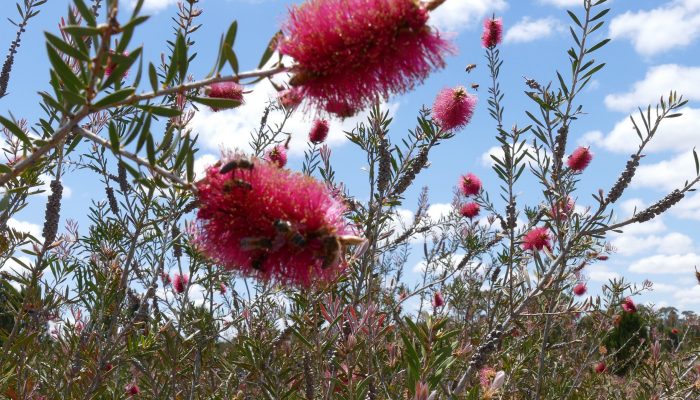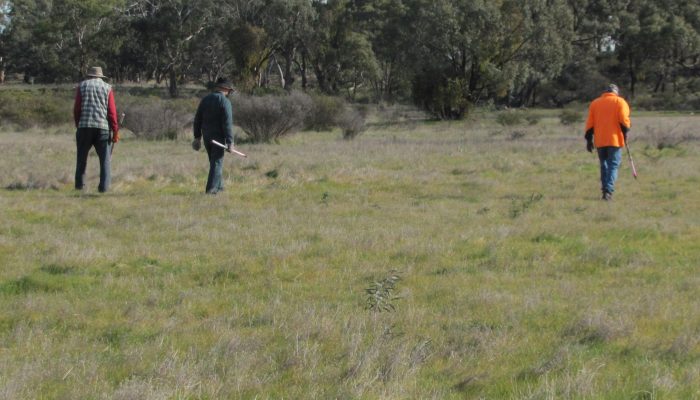Purchased in 2002 thanks to the generosity of Diana and Brian Snape, Snape Reserve helps buffer Little Desert National Park. It is 846 ha, and situated near Dimboola in the Wimmera. Snape Reserve is significant due to its cultural heritage values and because of the vegetation it protects.
Snape Reserve is also important because it is the largest private land conservation effort between the Little Desert and the Wimmera River, which flows north before terminating in the ephemeral Lakes of Hindmarsh and Albacutya in north-west Victoria.
Learn more about Snape Reserve at snapereserve.au.
All Trust for Nature reserves are closed on days of Total Fire Ban, and days of severe, extreme and code red fire danger.
